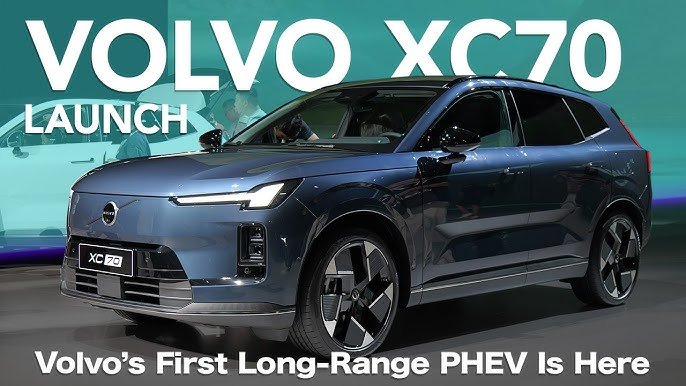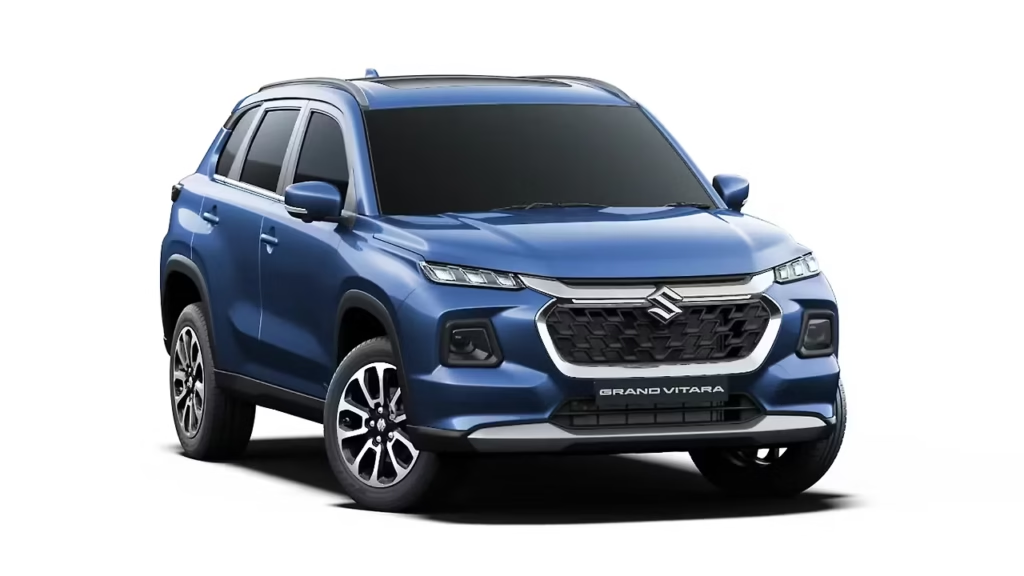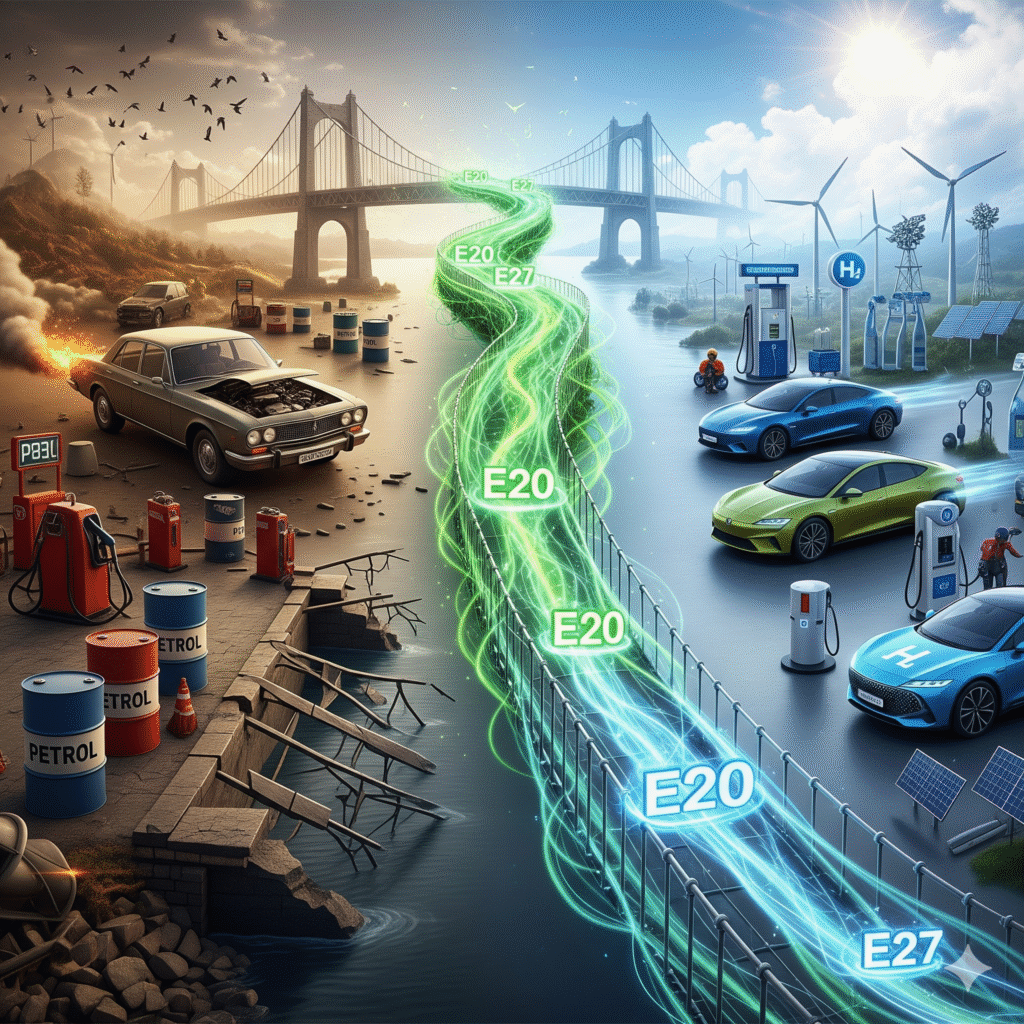Volvo Cars has marked a pivotal achievement in its push toward sustainable mobility, delivering its one millionth plug-in hybrid electric vehicle (PHEV) in September 2025—exactly 13 years after launching its first PHEV model. This milestone underscores the Swedish automaker’s strategic evolution from a pioneer in hybrid technology to a leader in electrified vehicles, with PHEVs serving as a crucial bridge to a fully electric future.
As Volvo accelerates its electrification roadmap—aiming for 50% of sales to be fully electric by 2030—the one millionth PHEV handover highlights the enduring appeal of these versatile powertrains. In the first half of 2025 alone, PHEVs accounted for 23% of Volvo’s global sales, reflecting robust consumer demand in key markets like Europe, the US, and China.
Explosive Growth: From 46,000 to 177,000 Units Annually
Volvo’s PHEV sales have skyrocketed over the past five years, growing from nearly 46,000 units in 2019 to more than 177,000 in 2024. This surge is driven by the popularity of flagship models like the XC60 and XC90, which dominate premium segments worldwide.The XC60, in particular, has been a standout: It was Europe’s best-selling PHEV in 2024 and has led the global premium PHEV category for the last three years, a streak it continues into 2025. Both the XC60 and XC90 received comprehensive updates last year, enhancing their efficiency, interior luxury, and tech features, which have resonated strongly in Sweden, the US, and China.Among legacy premium automakers, Volvo boasts the highest PHEV penetration rate, with these models comprising a larger share of its total sales than competitors like BMW, Mercedes-Benz, or Audi. This leadership position is no accident—it’s the result of Volvo’s early and aggressive focus on electrification.
| Year | PHEV Sales (Units) | Key Growth Driver |
|---|---|---|
| 2019 | ~46,000 | Initial ramp-up post-Dieselgate |
| 2020-2023 | Steady climb | XC60/XC90 launches and incentives |
| 2024 | >177,000 | Renewed models and market expansion |
| H1 2025 | ~88,500 (est.) | 23% of total sales |
Estimated based on 23% of H1 2025 global sales; sources: Volvo internal data.
Real-World Usage: PHEVs as Everyday EVs
Internal data from Volvo reveals that owners treat their PHEVs more like full electrics than hybrids, especially in urban settings. On average, drivers operate without engaging the internal combustion engine for about half of their total driving time, maximizing electric-only miles for short commutes and city errands. This “EV-first” behavior aligns with Volvo’s vision of seamless electrification, where PHEVs reduce emissions without sacrificing range or convenience.The company’s latest innovation, the XC70 SUV—launched earlier this year—exemplifies this ethos. As Volvo’s first long-range PHEV, it boasts an electric-only range exceeding 200 kilometers under the CLTC testing cycle, making it ideal for longer trips while qualifying for generous EV incentives in regions like Europe and China.
A Pioneering Legacy: From V60 to a Balanced Lineup
Volvo’s PHEV story began in 2012 with the diesel-powered V60 Plug-in Hybrid estate, a bold move that made it the world’s first diesel PHEV. For several years thereafter, Volvo was the only global automaker offering a PHEV variant for every model in its lineup—a testament to its foresight amid the Dieselgate scandal and rising emission regulations.Today, that commitment endures: Volvo provides PHEV options across five models (XC90, XC60, XC40, S90, and V90), complementing a robust portfolio of six fully electric vehicles, including the EX30, EX90, and C40 Recharge. This balanced approach—hybrids for transition, EVs for the endgame—positions Volvo uniquely in the premium segment, where full-EV adoption lags due to charging infrastructure gaps.
Charting the Path to 100% Electric
As Volvo eyes a fully electrified future, the one millionth PHEV serves as both a celebration and a reminder of the road ahead. With global EV sales projected to hit 17 million units in 2025, Volvo’s hybrid strategy buys time for battery tech advancements and grid expansions. Yet, the company isn’t resting: Upcoming models like the next-gen XC60 (expected 2026) will integrate even more advanced mild-hybrid and PHEV tech, while full EVs ramp up to meet the 2030 target.This milestone isn’t just about numbers—it’s about impact. Each PHEV on the road has displaced countless tons of CO₂, aligning with Volvo’s “climate-neutral by 2040” pledge. For consumers, it means more choices in the shift to green mobility: luxurious, safe vehicles that whisper quietly through city streets.In an era of rapid automotive transformation, Volvo’s steady ascent in PHEVs proves that thoughtful innovation—rooted in safety and sustainability—pays off. The one millionth handover in September is a chapter closed, but the electrification story is just revving up.



